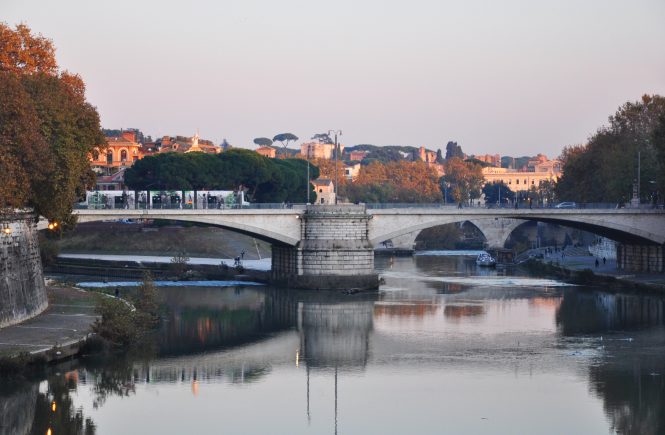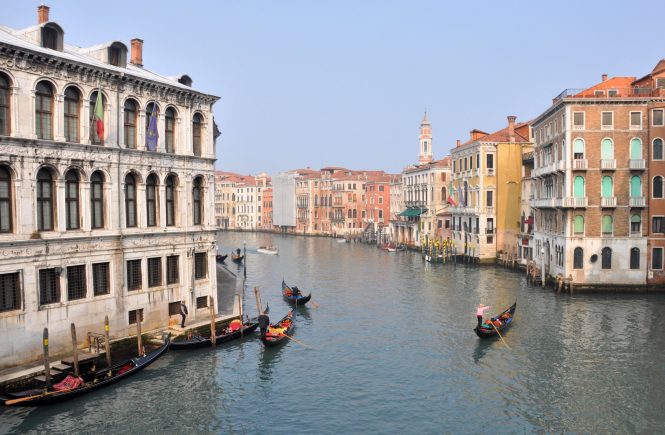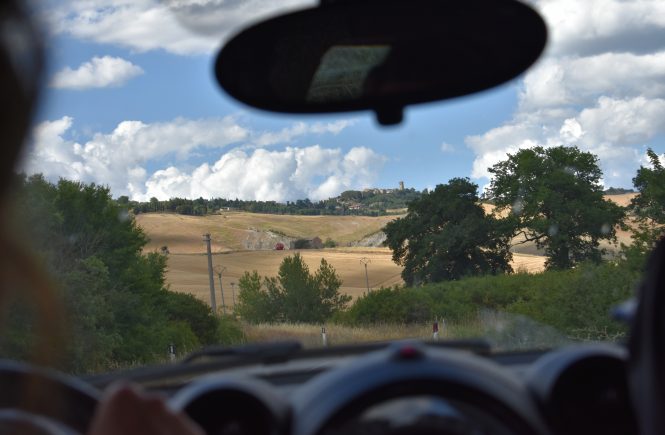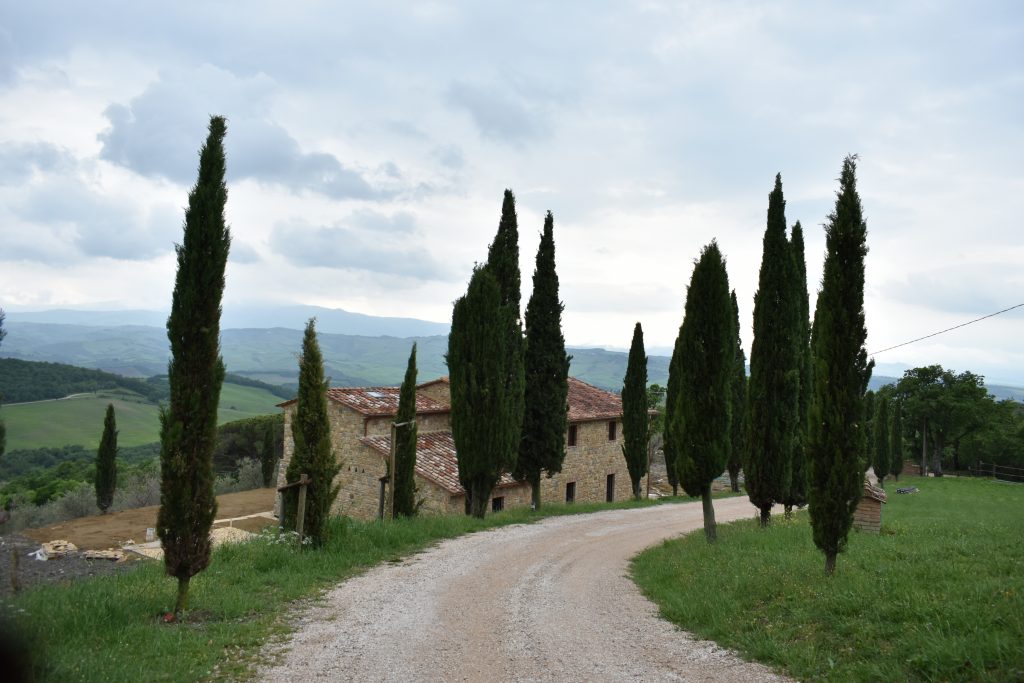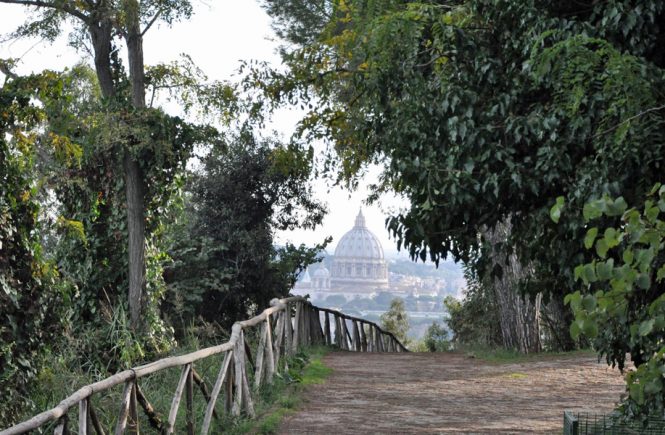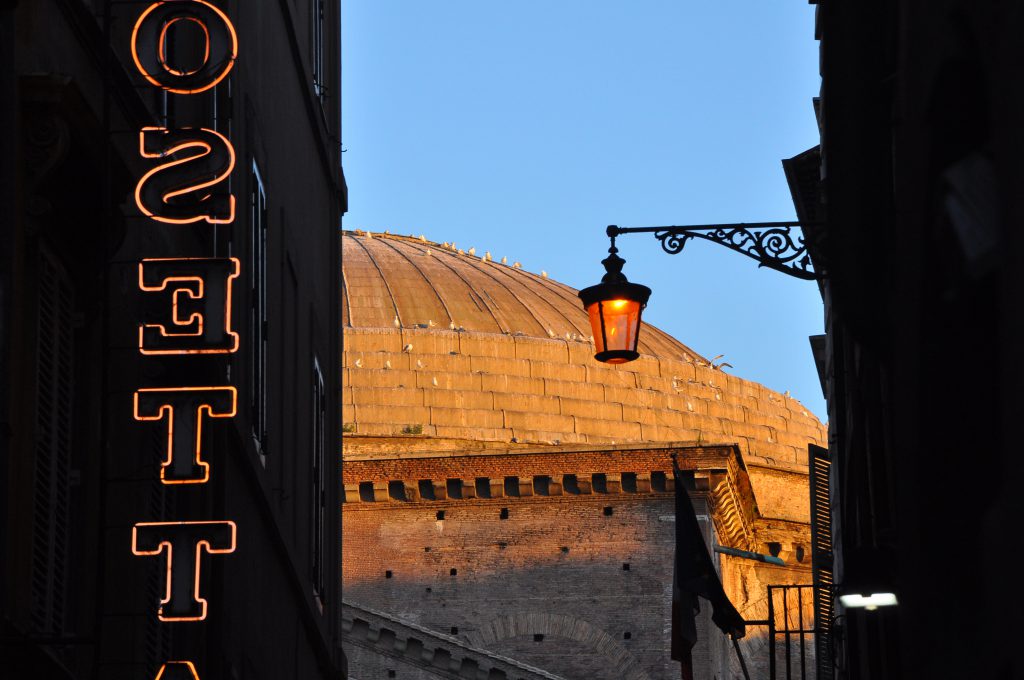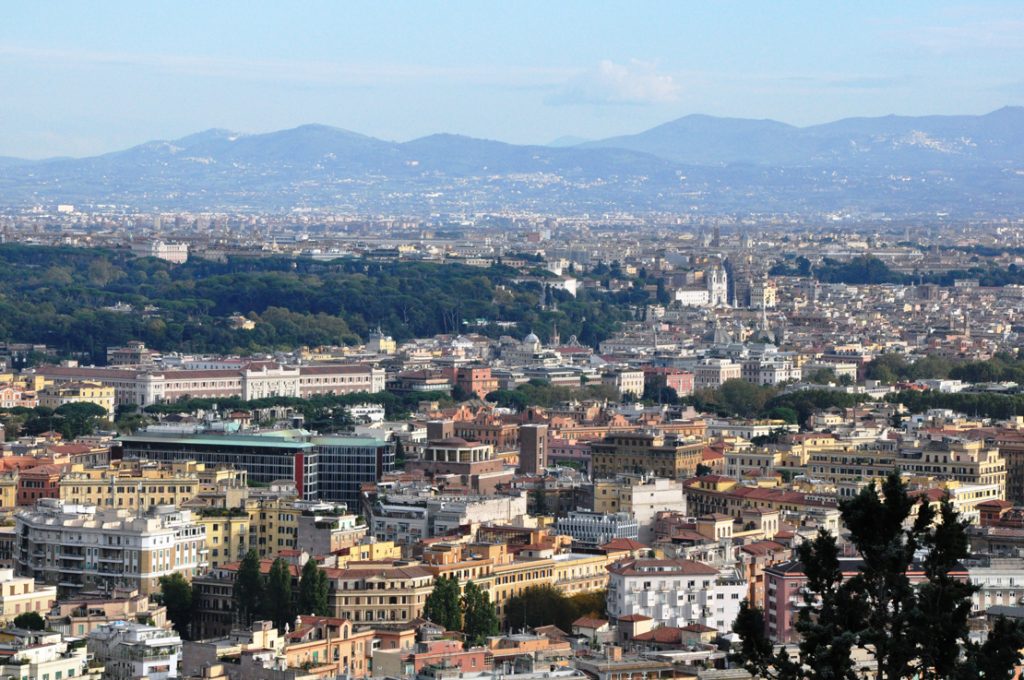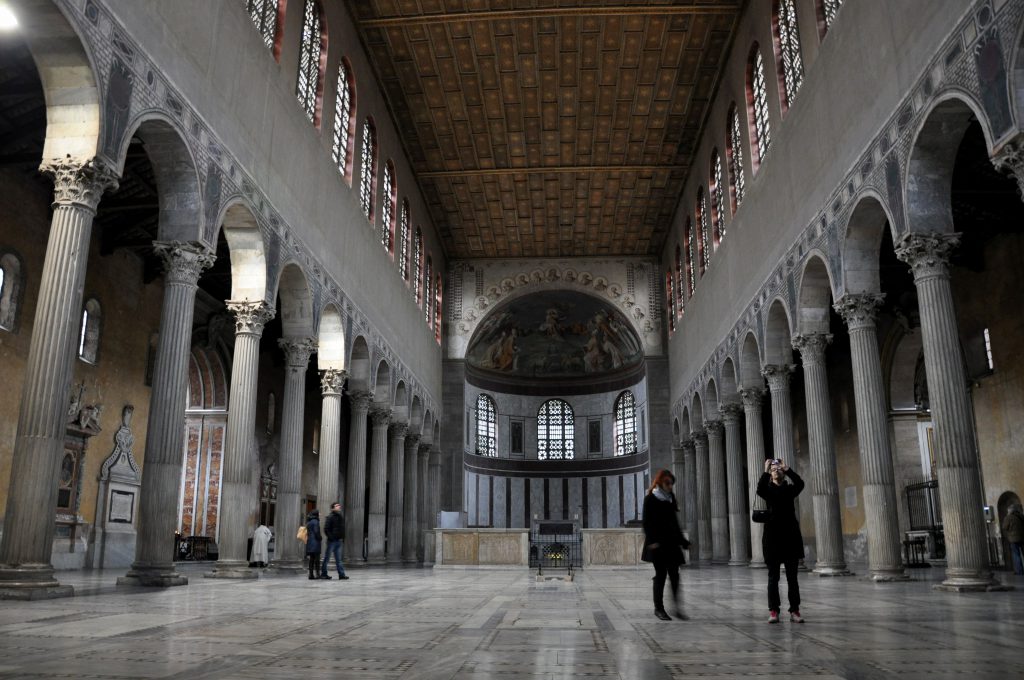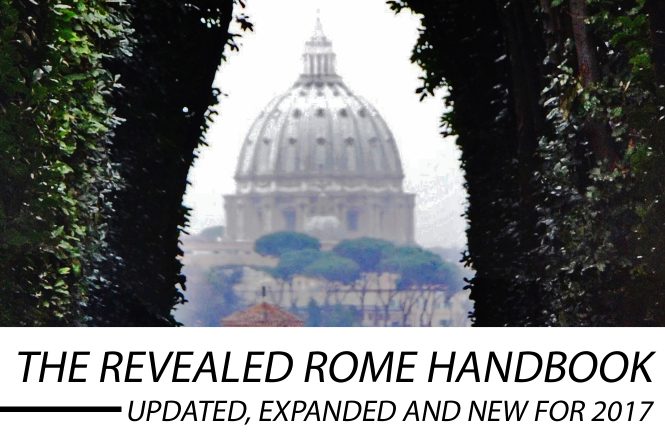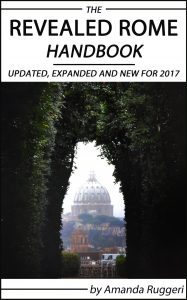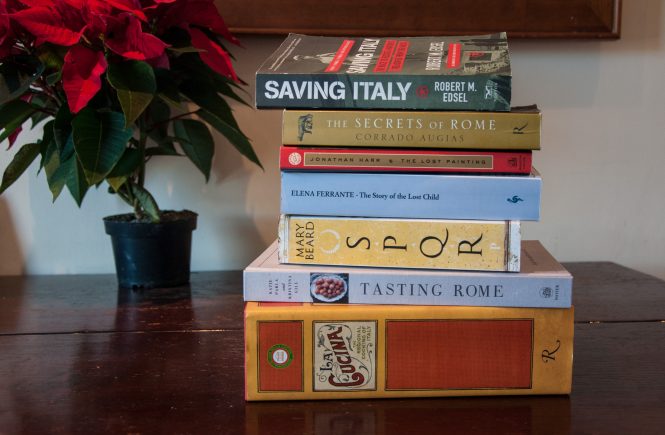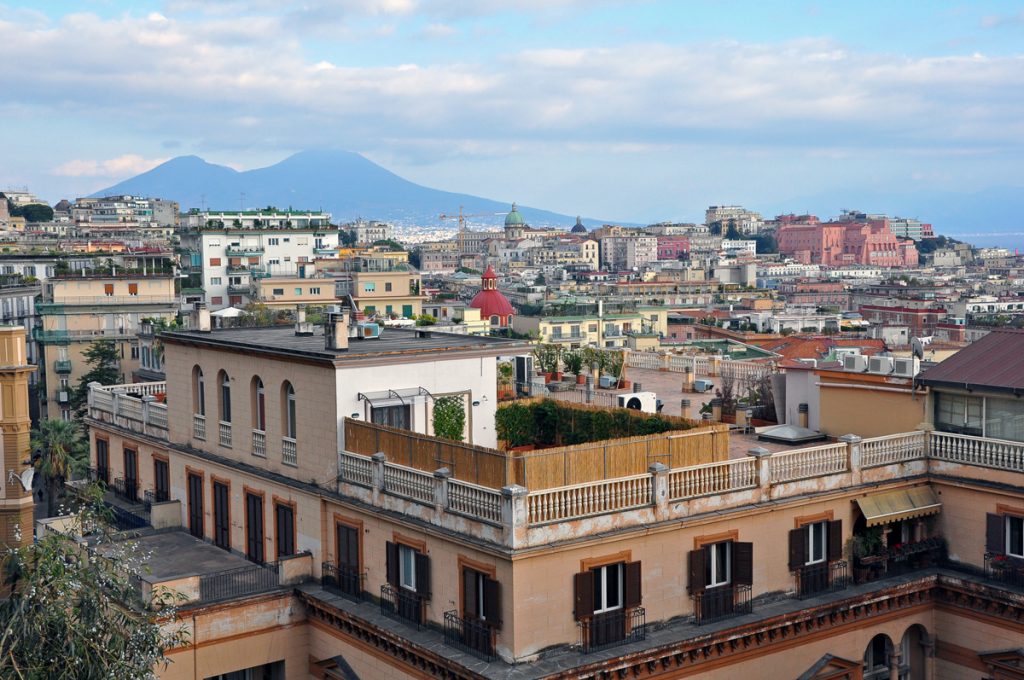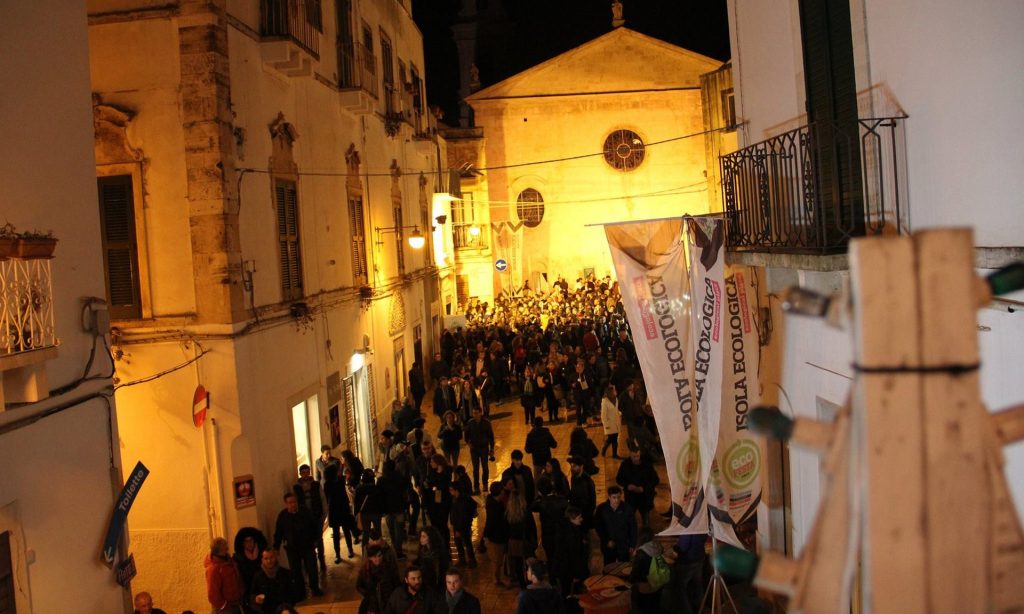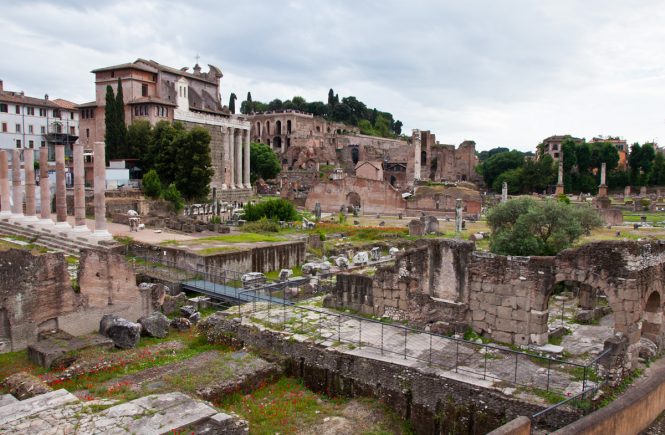Like many parts of the world, Italy has been on coronavirus lockdown on and off since March 2020.
We’ve heard what lockdown in Italy is like from the news. And many of us, sadly, have experienced some form of lockdown ourselves.
But what do locals say? Here are some of my favorite stories from locals in Italy on how it all feels, what it’s really like, and how they’re keeping themselves busy. Plus, some social media accounts to follow for live updates (which include images of beautiful meals and landscapes. Because Italy is still Italy!).
Also, make sure to check out my previous post on how you can help Italy.
Are there any stories you’ve read from locals in Italy, or other social media accounts, that you think should be on this list? Pop your suggestions in the comments.
Life on lockdown in Italy: must-reads from locals
Even before the lockdown, Rome was… different. My dear friend Eric Reguly, the Rome-based European bureau chief of the Globe & Mail, went for a strange sort of passeggiata: “For the first time in my dozen years in Rome, I could hear the water from Piazza Navona’s baroque fountains the moment I entered the square.” His postcard from a bizarrely quiet capital city is lovely, and strange.
Even the first day of lockdown “wasn’t as quiet as I expected,” writes Rome resident Jeannie Marshall. “Oblivious to government directives, the parrots were squawking in the eucalyptus trees and the neighbourhood cats were sunning themselves on the sidewalk.” Her beautifully-written account of the early days of lockdown reads like a love letter to Rome that manages to warm your heart, despite the sometimes chilling details.
Then it all changed. “Welcome to the Zona Protetta,” writes blogger and journalist Erica Firpo, who lives in Rome with her family. She describes exactly what everyone in Italy can and can’t do and how they’re coping.
Erica also is updating followers @ericafirpo on Instagram and @Moscerina on Twitter. And her husband Darius Arya, whose nonprofit the American Institute for Roman Culture I mentioned here, is posting regularly on Instagram at @dariusaryadigs and on Twitter and on Facebook at @saverome.
Elyssa Bernard of Romewise has a no-nonsense take on the situation, answering questions from curious readers and would-be travelers to Italy like is it safe to visit Rome right now? and should I cancel my trip to Italy?. She’s also updating followers on Instagram and Twitter.
The magazine The Local in Italy has a heartwarming roundup of ways that Italians are keeping their (and one another’s) spirits up. (Yes, there are all those great videos of people singing from their terraces).

